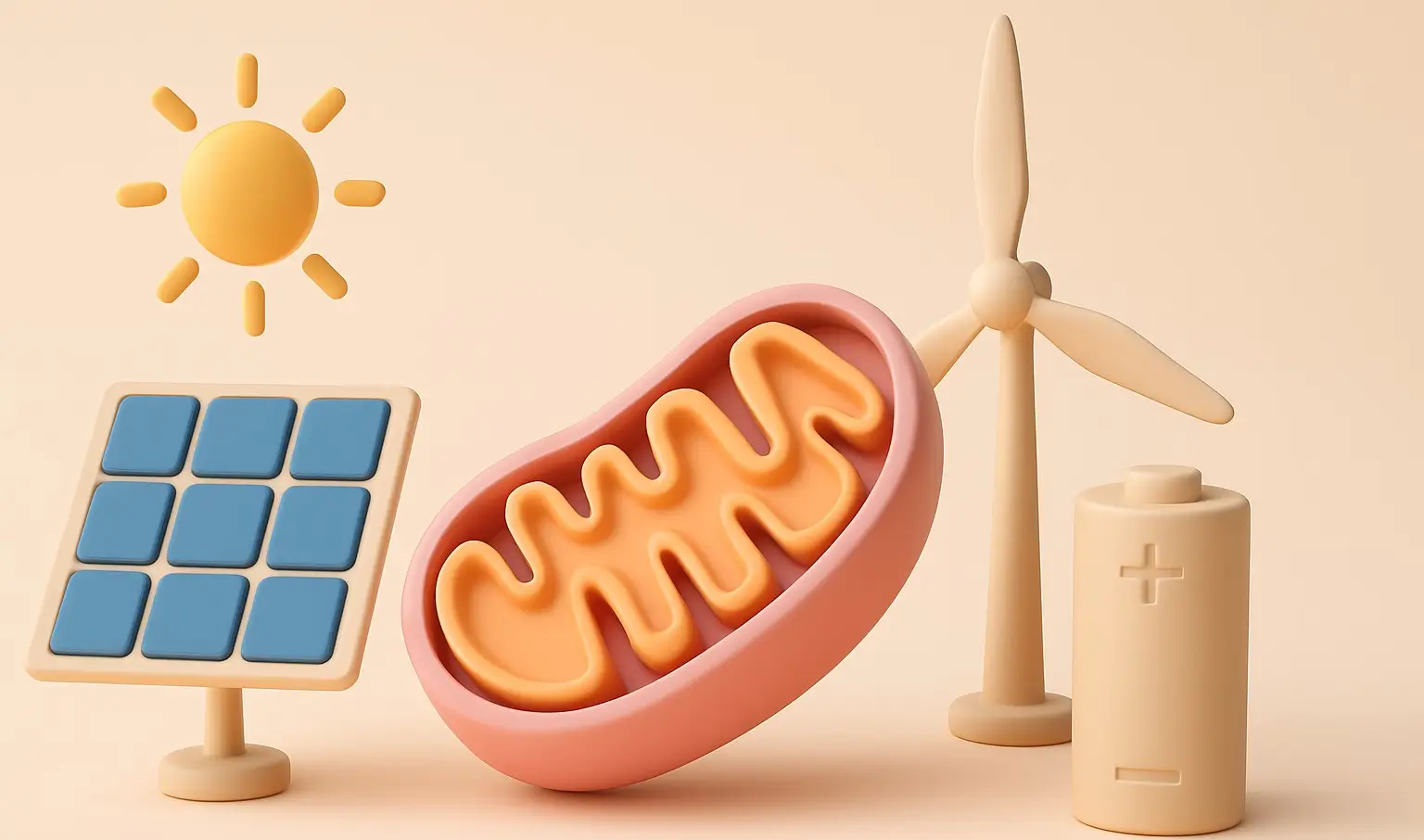Bioenergetics Introduction
- Bioenergetics Introduction: It is a critical subfield of biochemistry that focuses on understanding how living organisms acquire, transform, and use energy to sustain life.
- This complex process involves various biochemical reactions and pathways that convert energy from one form to another, enabling cells to perform essential functions such as growth, repair, movement, and synthesis of biomolecules.
- Bioenergetics is fundamental to all living organisms, from the simplest bacteria to complex multicellular organisms like humans.
Fundamental Concepts in Bioenergetics
-
Energy Forms and Transformations
- Living organisms convert energy from one form to another.
- Sunlight is the primary energy source for most life on Earth, captured by plants, algae, and some bacteria through photosynthesis and stored as chemical energy in organic molecules (e.g., glucose).
- Other organisms, including humans, obtain energy by breaking down these organic molecules in cellular respiration.
-
ATP: The Energy Currency of the Cell
- Adenosine Triphosphate (ATP) is the main energy carrier in cells, storing energy in its high-energy phosphate bonds.
- ATP synthesis and hydrolysis are essential for energy-releasing processes like cellular respiration and photosynthesis.
-
Thermodynamics in Bioenergetics
- First Law of Thermodynamics: Energy cannot be created or destroyed, only transformed. In cells, this explains how energy from food or sunlight is converted into ATP.
- Second Law of Thermodynamics: Every energy transfer increases entropy, meaning metabolic processes are not 100
Advertisements -
Enzymes and Energy
- Enzymes catalyze biochemical reactions, lowering the activation energy required and enabling efficient energy transformations in cells.
Key Bioenergetic Pathways
-
Photosynthesis
- Converts light energy into chemical energy in two stages:
- Light-dependent reactions produce ATP and NADPH.
- Calvin Cycle uses these molecules to fix carbon dioxide into sugars.
Advertisements - Converts light energy into chemical energy in two stages:
-
Cellular Respiration
- Converts chemical energy from nutrients (e.g., glucose) into ATP through three stages:
- Glycolysis, Citric Acid Cycle (Krebs Cycle), and Oxidative Phosphorylation via the electron transport chain.
- Oxygen is essential for oxidative phosphorylation, making the process aerobic.
- Converts chemical energy from nutrients (e.g., glucose) into ATP through three stages:
-
Fermentation
- In the absence of oxygen, some organisms use fermentation to produce ATP, regenerating NAD+ to sustain glycolysis and yielding a small amount of ATP.
Advertisements
Bioenergetics and Cellular Function
- The efficient management and utilization of energy are critical for cellular health and function.
- Disruptions in bioenergetic processes can lead to a range of diseases, including metabolic disorders and mitochondrial diseases.
- Research in bioenergetics not only enhances our understanding of basic biological principles but also informs the development of therapies for such conditions.
Click Here to Watch the Best Pharma Videos

